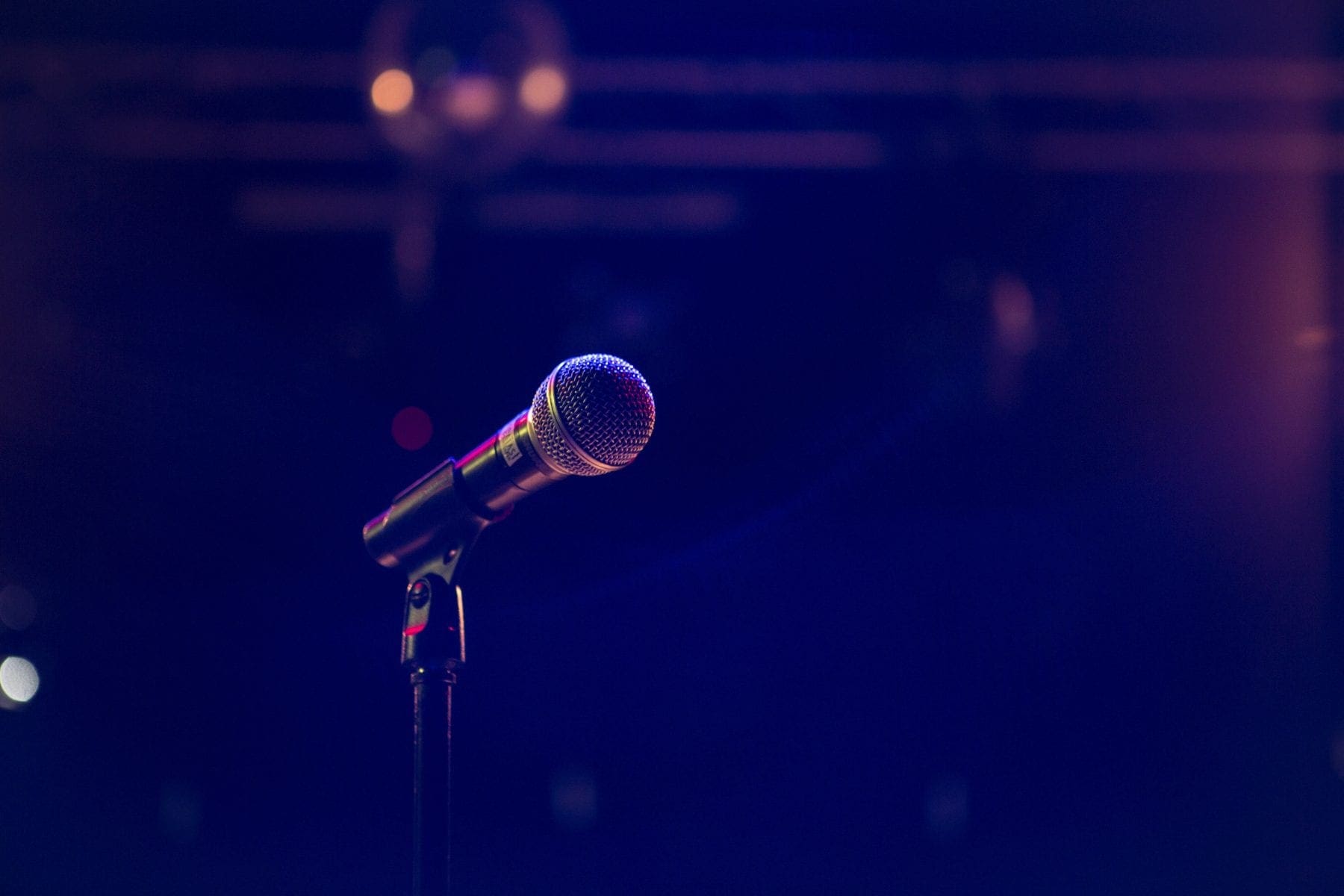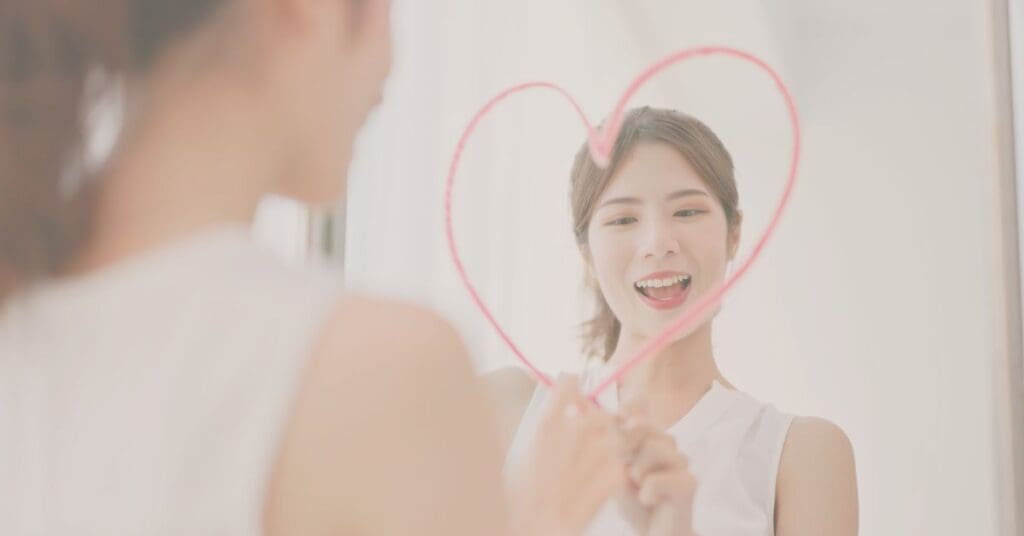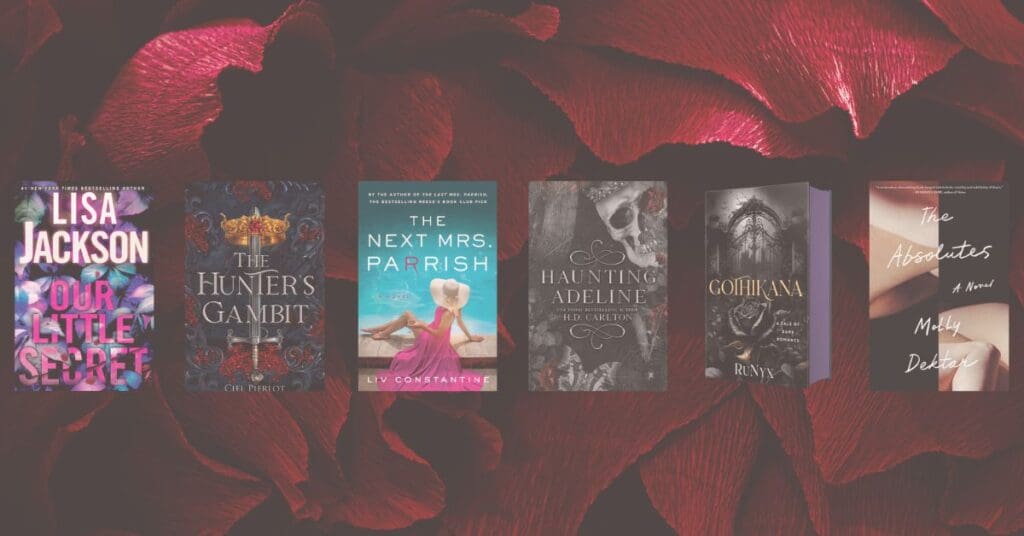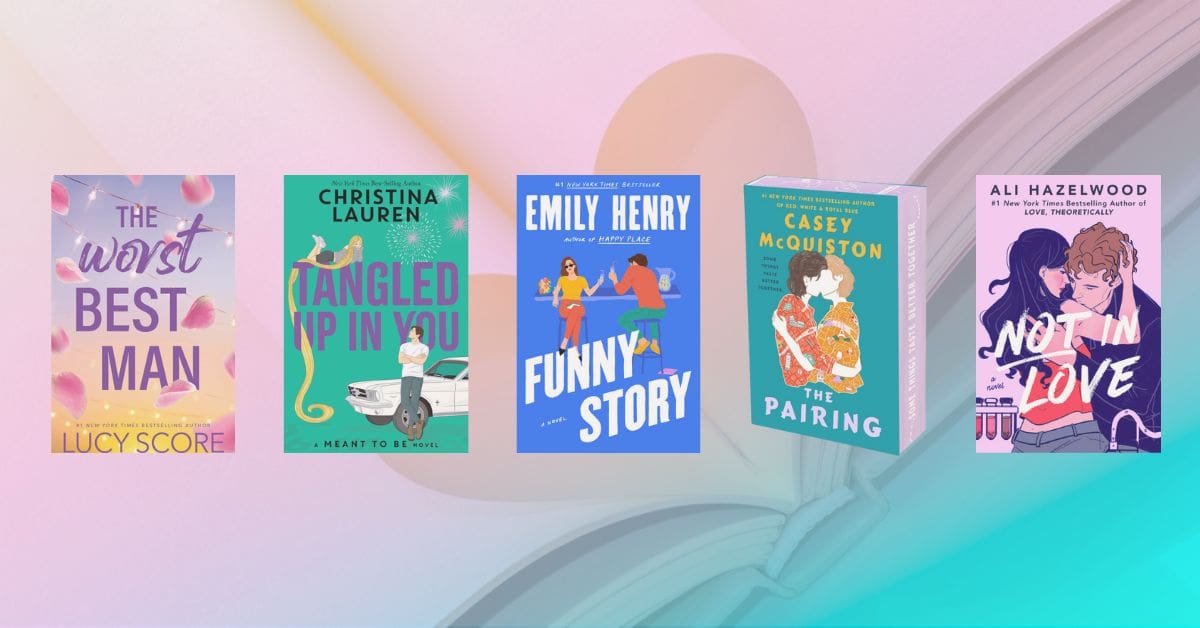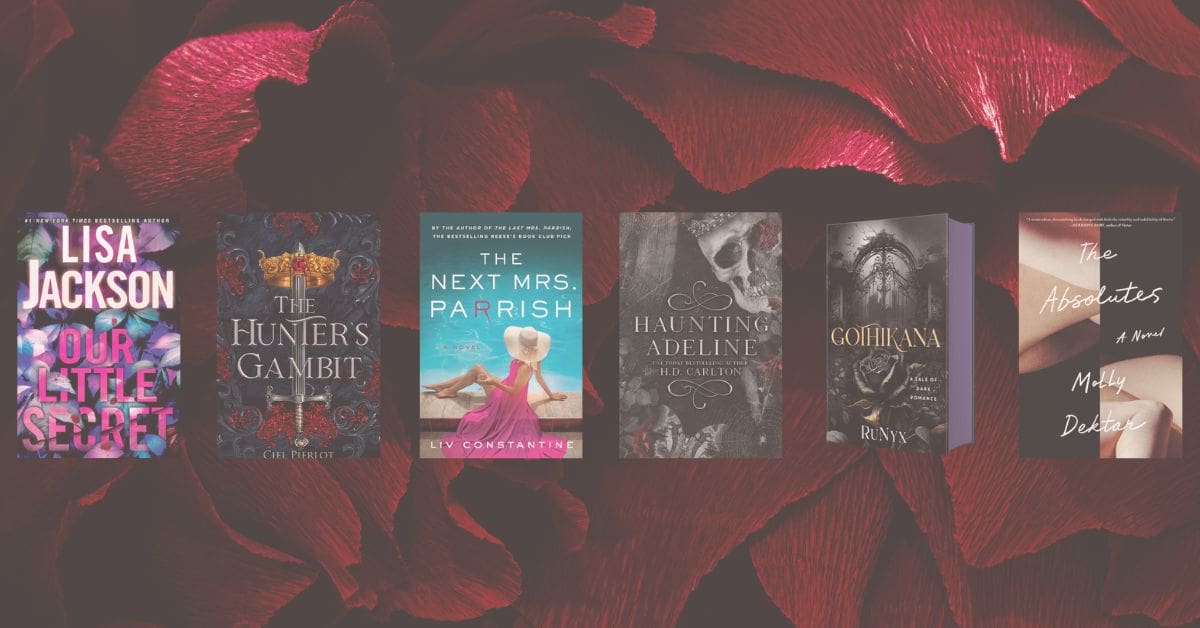Slam poetry is the trend right now, but its roots dig deep into poetry’s long history.
Once upon a time, Poetry was exclusively a spoken form of art. Slam Poetry might seem trendy and new, proliferating the internet in viral videos. But it’s arguably one of the first, oldest, and most authentic forms of poetic expression.
Poetry Slam. noun. A Competition using elimination rounds for the reading or performance of poetry.
It’s half art and half competition, and there’s usually an equal emphasis on writing and performing. Judges are normally selected from the audience, and the scoring rubric is typically your standard 1-10 point system. The audience is the key differentiating factor here, with audience engagement being the primary goal of your poem and its performance. Artists are encouraged to focus on not just what they are saying, but how they are saying it. A reaction from the crowd– preferably a favorable one– is the whole point (and the main thing that sets Poetry Slams apart from simple open mic readings).
After the first round of readings, which most often allows anyone who signs up to perform, the judges decide who advances based on the pre-determined scoring system. Some venues standardize audience feedback mechanisms (progressing from snapping fingers to stomping feet to verbal boo-ing if they dislike a poet, or clapping, whistling, or cheers if they want more) to aid the judges in reading the room’s reaction.
